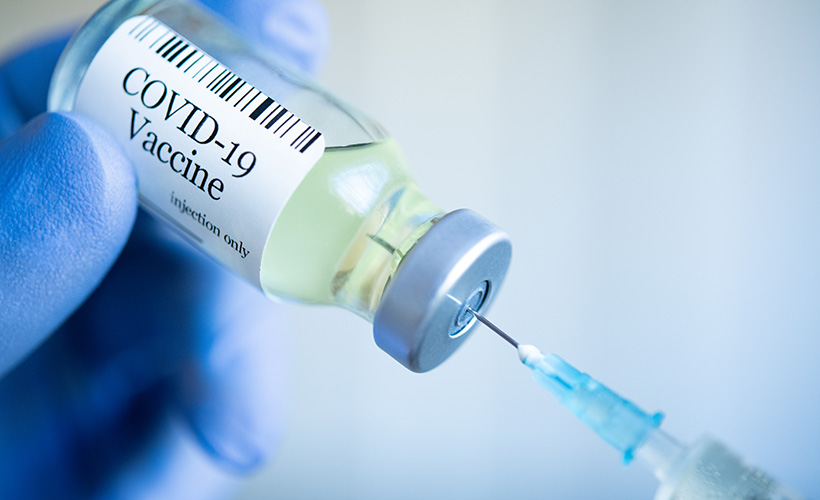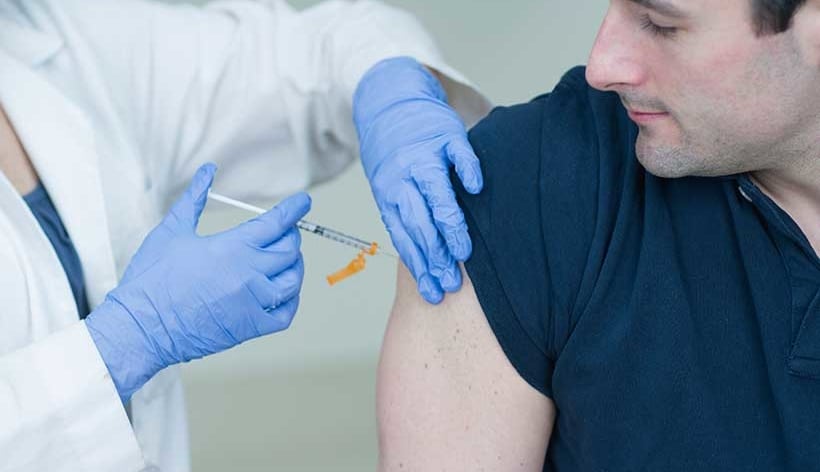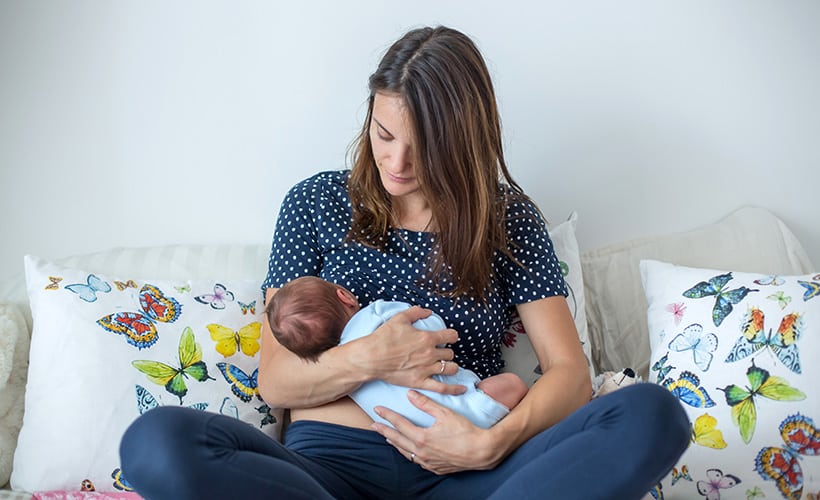The world has been plagued by pandemics as far back as written history and beyond. Countries have responded over the centuries by closing their borders, making people quarantine (for up to 40 days) before being let into a country, and public isolation hospitals for people with the disease. I spoke to a retired nurse recently who used to work in a tuberculosis (TB) quarantine hospital here in New Zealand. She told me they all needed to be vaccinated against TB before they were allowed to nurse the people who had TB.
Vaccination is a generally safe way of exposing a person to a tiny amount of an infection so that they can build immunity to the infection. Human nature being what it is, there have always been people who would prefer to risk catching the disease and potentially dying from it, rather than deliberately exposing themselves to a small amount of infection in the expectation of preventing ever getting the infection.
Since the first vaccine was invented in 1796, millions of people have been saved from dying of Smallpox, TB, Cholera, Polio, and the Plague. Many of these diseases are almost unknown today because of the success of vaccines. Despite this, there have always been people who were not convinced a vaccine would work, or were so scared of the vaccine they were not prepared to have it.
The idea of deliberately exposing a person to a tiny dose of an infection in the hope that they will not get the serious illness and die, has been around since at least 600 AD (one and a half thousand years ago). Initially people scratched their skin then applied liquid from someone else’s smallpox scabs, or used dried scabs, ground them up and inhaled them.
In the 1600s a Chinese Emperor died of smallpox. His third son became Emperor K’ang. Emperor K’ang had already survived a case of smallpox and didn’t want his children to catch the infection and possibly die from it. He insisted his sons and daughters were all inoculated against it and he arranged for them to use the sniffing dried scabs method of exposing them to the infection. They all survived the smallpox epidemics that followed. He says in his memoires that “some old women” told him off about it and said this practice of inoculation was unsafe. He was pleased he had the courage to insist on inoculation of the people as it “saved the lives of millions”. It was something he was extremely proud of encouraging in China.
Edward Jenner was a doctor in England and is considered the founder of modern vaccines. He had heard tales that milkmaids were protected from smallpox if they had previously had cowpox. Cowpox was an infection of cows and it gave a mild infection in people who worked with the cows. Jenner concluded that cowpox protected against smallpox. In 1796 Edward Jenner administered the first recorded vaccine by injecting matter from fresh cowpox sores on a milkmaid into an eight year old boy. The boy felt unwell for a couple of weeks, as if he had a mild infection. When he was later exposed to smallpox, he did not show signs of having the infection. The vaccine had protected him from catching the more serious infection.
Word soon spread of this vaccination, but not everyone was convinced. It took a while, and a few high profile people to have vaccines, before it became common for people to be vaccinated against smallpox. Sadly Edward Jenner’s wife and children all died of TB. It was 1921 before the first TB vaccine was used.
One pandemic after another
Soon after smallpox vaccines were available and shown to be effective, there were a series of deadly cholera pandemics in India, Asia and Europe. Scholars usually talk about “seven waves of cholera pandemics” beginning in 1817. Just when people believed the cholera pandemic was over it started again (and again).
One of my ancestors died of cholera in Isle of Man. The newspapers in the Isle of Man gave full coverage to the spread of cholera through England in 1832. They warned the people to take precautions to prevent its entry into the Island. Thomas Woods age 24 years died of cholera on June 28th, his father died of cholera a few days later. Week by week the number of cases increased. A large pit was dug in St. George’s churchyard for cholera victims. My grandmother’s great grandmother is in that mass grave in the St Georges’ churchyard. It was 47 years later (1879) before Louis Pasteur produced the first laboratory-developed vaccine to cholera.
Meanwhile there were other deadly pandemics. During the American Civil war in 1861 two thirds of the soldiers who died in that war, 660,000, died from disease. In the Union Army over 67,000 men had the measles and more than 4,000 of them died from this infection. We have all heard of the influenza virus that came back to New Zealand (and many other countries) in 1918 after world war one. Once again, more people died from the infections than had died in the war.
Vaccines
Even with vaccines available, people won’t always have them. In Indiana in America they record that in 1893 low vaccination rates lead to “yet another outbreak of smallpox”. A local doctor noted that vaccination had largely been neglected since the last epidemic in 1876. The initial cases in the epidemics were in a family where only one family member was vaccinated. Public health measures included quarantining the entire city, cancellation of all public gatherings and compulsory vaccination.
We have recently seen in Samoa how low vaccination rates for measles led to a deadly outbreak there. Once again the solution was a lockdown and mass vaccination as the only way of saving lives.
Despite vaccination’s successes against smallpox, diphtheria, cholera and other serious infections, opposition to vaccination continued through the 1920s and continues today. In the 1920s there were attempts at compulsory vaccination in some places in the U.S.A. In 1926, a group of health officers visited Georgetown, Delaware, to vaccinate the townspeople against smallpox. A retired army lieutenant and a city councilman led an armed mob to force them out, successfully preventing the vaccination attempt.
Over time vaccines have become safer and more effective. In 1948 the first combined vaccine became available. It protected against diphtheria, tetanus, and pertussis).
I remember the mass public vaccination against polio when I was a child. A generation older than me and even some children my age had been partially paralysed by this disease. Many had died from it. At school we read the book by June Opie ‘Over my Dead Body’ about a New Zealand teacher who caught polio on a ship going to England. Polio can result in total paralysis and death. June Opie spent 10 weeks in an iron lung machine so she could breathe. She spent over a year in a plaster cast and a total of two years in hospital in England. She had to learn to walk again using crutches and metal braces on her legs. Today we seldom hear of Polio. It is almost totally gone from the world because of vaccination.
These diseases that we think are gone are just waiting for us to drop our guard and stop vaccinating, and then they will be back in a flash. We saw this in Samoa a few years ago with the measles epidemic. We don’t want this to happen in New Zealand. The only way to protect your family from deadly infections is to ensure they are vaccinated.
In New Zealand we have a good range of vaccines available free to all children:
- Rotavirus
- Diphtheria
- Tetanus
- Whooping cough (pertussis)
- Haemophilus influenza type B (HiB)
- Hepatitis B
- Polio (poliomyelitis)
- Pneumococcal disease
- Measles
- Mumps
- Rubella
- Chickenpox (varicella)
- Human papillomavirus (HPV)
Please remember to keep up the regular childhood vaccinations for your children, even while we deal with this latest pandemic.
Written by Linda Caddick
This blog provides general information and discussion about medicine, health and related subjects. The information contained in the blog and in any linked materials, are not intended nor implied to be a substitute for professional medical advice.

















Community